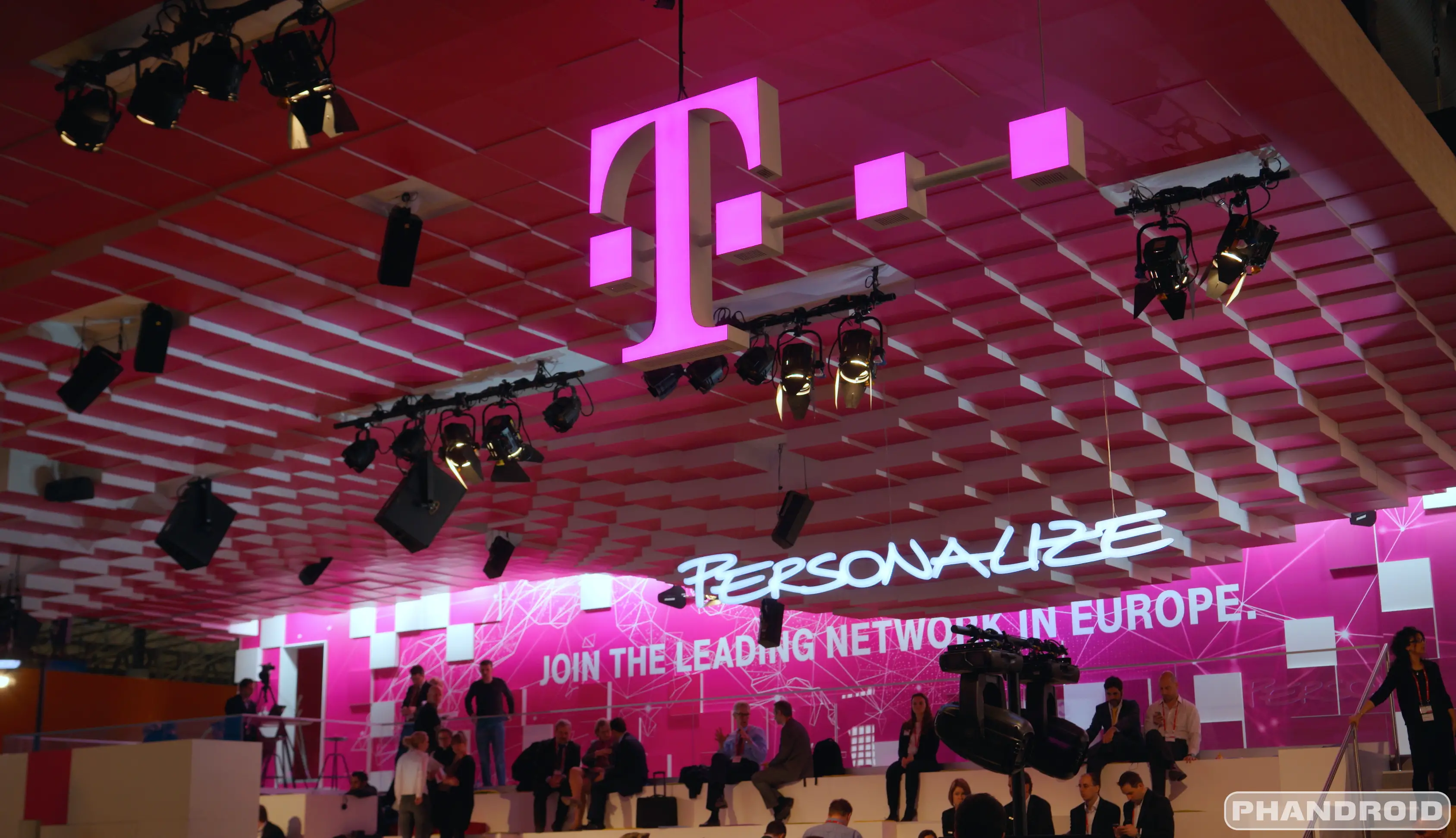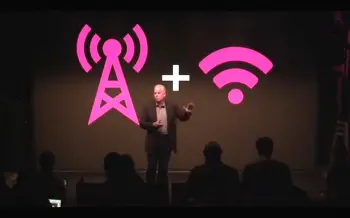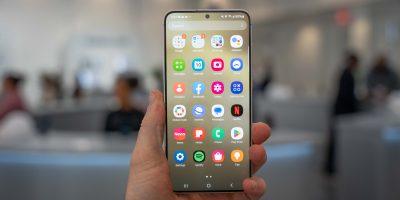While AT&T is going around touting a “5G Evolution” network (that isn’t actually 5G by any standard definition, but the latest step in their efforts to get there), T-Mobile is only looking to talk about their plans for an actual 5G network. The company has announced that they’re aiming to have 5G deployed starting in 2019, with plans to have their entire network on it by 2020’s end.
T-Mobile’s goal is to combine their newly-won 600MHz spectrum with all the other bands in their control to deliver 5G to all their customers in all the areas their 4G network currently reaches. This is in contrast to other strategies where carriers deploy bits and pieces of network improvements here and there for spotty-at-best coverage and using tricky marketing to suggest they’re well ahead of the curve.
We appreciate this bigger picture thinking from T-Mobile even if we don’t exactly know how this 5G overhaul will exactly pan out. It’s frustrating to hear from a carrier that they have some amazing new reliable, super fast network improvements, only to find out that you have to live in a short list of specific markets to see it until the company manages to roll it out in your area. In many cases, they have even newer technologies to introduce before the previous improvement has reached everyone.
It’s a tale of two strategies in that regard, and ultimately it comes down to each individual users’ levels of tolerance and patience. Would you rather see your carrier begin deployment of new tech as fast as they can and as it becomes available or do you not want to hear about any amazing generational leaps until you can actually reap the benefits yourself and be assured they’re actually using the latest and greatest?
Sprint immediately comes to mind as a carrier who tried to move too fast on new technology only for it to backfire. WiMax was being touted as the only 4G network for some time until other carriers caught wind of LTE as the superior technology.
Sure, the death of WiMax was ultimately pinned on financial struggles, but there was no denying its inadequacy from a technological standpoint. Sprint had to swallow their pride and join the 4G LTE crowd once the rest of the industry proved it was the way to go.
Either way, someone is going to have quite a while to wait for all this stuff to propagate to their area. And all of this isn’t even considering the potential need to pick up new smartphones and tablets with the necessary radios inside.
At the end of the day, T-Mobile is merely taking a different approach toward the same goal as all the others, and it’s one that they feel will more adequately support the new ecosystem that 5G may quickly bring once the 3GPP fully defines the standard.
[via T-Mobile]












Comments